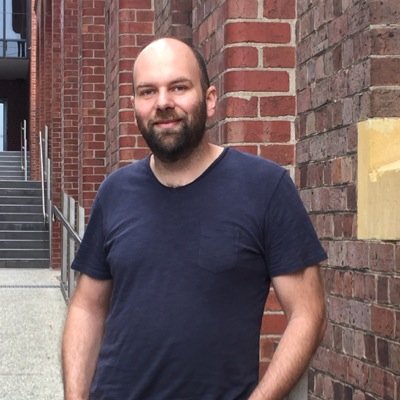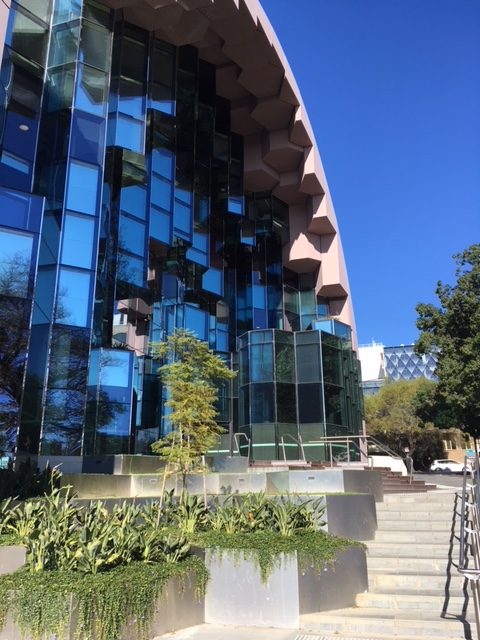Geelong – The Design City that Almost Forgot Itself
We’ll start this with a question: which Australian city is home to the Hills hoist, the ute and refrigeration?
If you’re not sure, you’re not alone: though these stories of Geelong might be a little more well-known after the city was declared the first UNESCO Design City in Australia for its maker heritage.

For a city finding its feet after a prolonged period of de-industrialisation, this is a cue for reflection: a window on to a timely lesson that can revolutionise the city’s planning and fundamentally change the way it thinks of itself.
Since it was surveyed in 1838, Geelong has always been a city of industry. Yet the idea of a city of design might appear at odds with its gritty history and functional, modernist forms. Waves of development in Geelong have seen the city largely turn its back on the stories of the past: many important buildings were lost in the industrial boom between World War Two and the 1970s; and the traditional stories of the Wathaurong people remain largely untold in the landscape.

For a city so inventive in manufacturing, it is alarming how much Geelong has floundered or looked elsewhere for inspiration on how to design itself. The construction of an inner-city shopping mall in the mid-1980s constituted an imported, placeless solution for a perceived local problem. This created new problems, while wiping out a permeable network of streets reminiscent of Melbourne’s now-loved laneways. Introverted shopping malls continue to emerge in mushrooming outer suburbs, proliferating a kind of mall-and-sprawl development that is a homogenised expression of a cultural cringe.
Second city to Melbourne, oft-derided as “sleepy hollow”, it is hard to write of Geelong without exploring the cultural cringe. Yet the UNESCO declaration may be the substance of a new beginning: a call to look within to define the future: Through waves of migration, the humming of factories and mills, beyond the time when James Harrison was pondering prototypes and to embrace the traditional stories of the Wathaurong that still reverberate across the country.
As welcome as the self-esteem boost may be, the biggest benefit of the UNESCO declaration would not be a brand. It would be a lesson about the positive power of the past to permeate the present. This opens the door to a totally new mode of urban planning and design thinking at all physical scales. As I type, I’m thinking about whimsical sculptural responses to the humble Hills Hoist. This is but a starting point. The challenge is pressing, yet the limits are bound by a city’s collective imagination.
